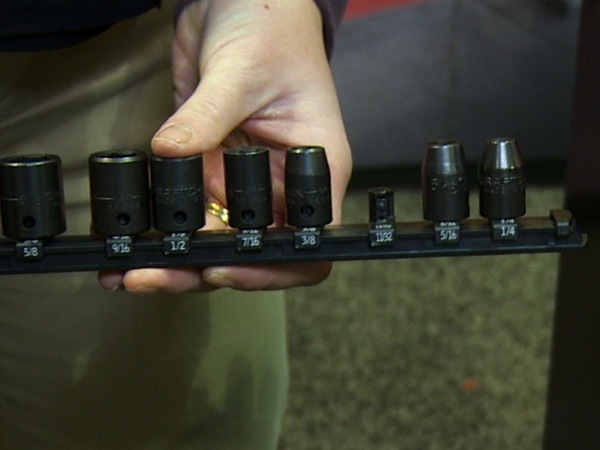Miter saws are essential tools in woodworking and carpentry, praised for their precision and versatility. Whether you’re a professional or a DIY enthusiast, understanding the functionalities of a miter saw can greatly benefit your projects. This article provides an in-depth look at miter saws, answering common questions and exploring their uses, including in projects involving geotextile materials.

What is a Miter Saw and How Does It Function?
A miter saw is a power tool designed for making precise crosscuts and miter cuts. It operates by bringing a mounted blade down onto a workpiece held against a fence. The blade can pivot left or right and tilt in some models, allowing for bevel cuts. This tool is essential for tasks that require precision and clean cuts.
Different Types of Miter Saws
The primary types of miter saws include:
- Standard Miter Saw: Suitable for basic crosscuts and miter cuts.
- Compound Miter Saw: Capable of making bevel cuts due to its tilting blade.
- Sliding Compound Miter Saw: Features a sliding mechanism for cutting wider workpieces, offering versatility and precision.
Each type caters to different needs, with the sliding compound miter saw being the most versatile.
Key Factors to Consider When Choosing a Miter Saw
When selecting a miter saw, consider the following:
- Blade Size: Larger blades (10-12 inches) can handle thicker materials.
- Power: Higher amp ratings indicate more powerful saws for tougher materials.
- Precision Features: Look for laser guides, adjustable fences, and positive stops for greater accuracy.
- Safety Features: Ensure the saw includes blade guards, electric brakes, and secure locking mechanisms.
These factors will help you choose the best miter saw for your projects.
Maintaining Your Miter Saw for Longevity
To ensure optimal performance, maintain your miter saw by:
- Regular Cleaning: Remove sawdust and debris after each use.
- Blade Inspection and Replacement: Regularly check for dullness or damage and replace the blade as needed.
- Lubrication: Keep moving parts well-lubricated for smooth operation.
- Safety Checks: Ensure all safety features are functioning properly.
Proper maintenance will prolong the life and efficiency of your miter saw.
A miter saw is a valuable tool for precise cutting in woodworking and carpentry. Understanding its types, features, and maintenance needs will help you make the most of this tool. Whether working with wood or geotextile materials in construction, a well-chosen and well-maintained miter saw will enhance your accuracy and productivity.